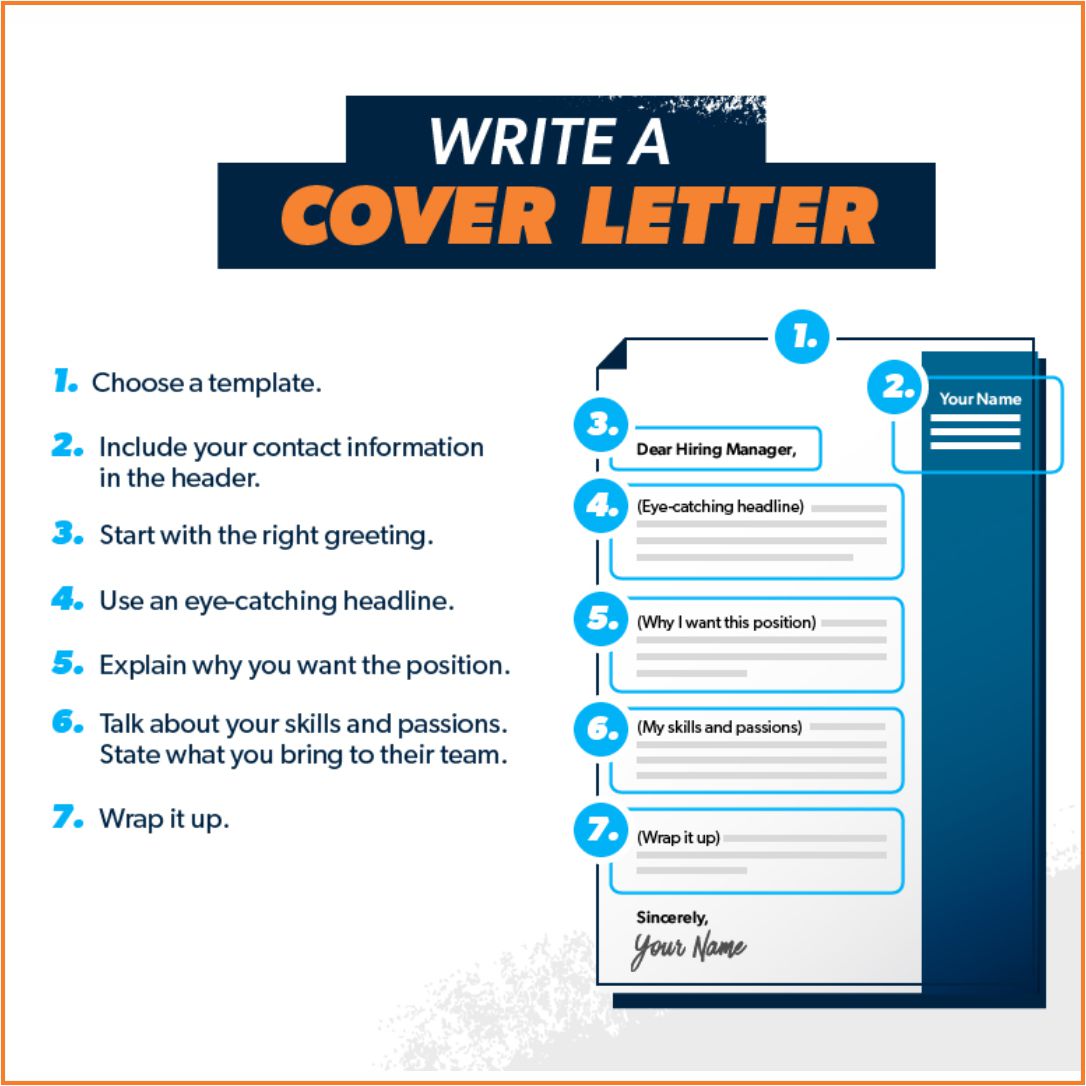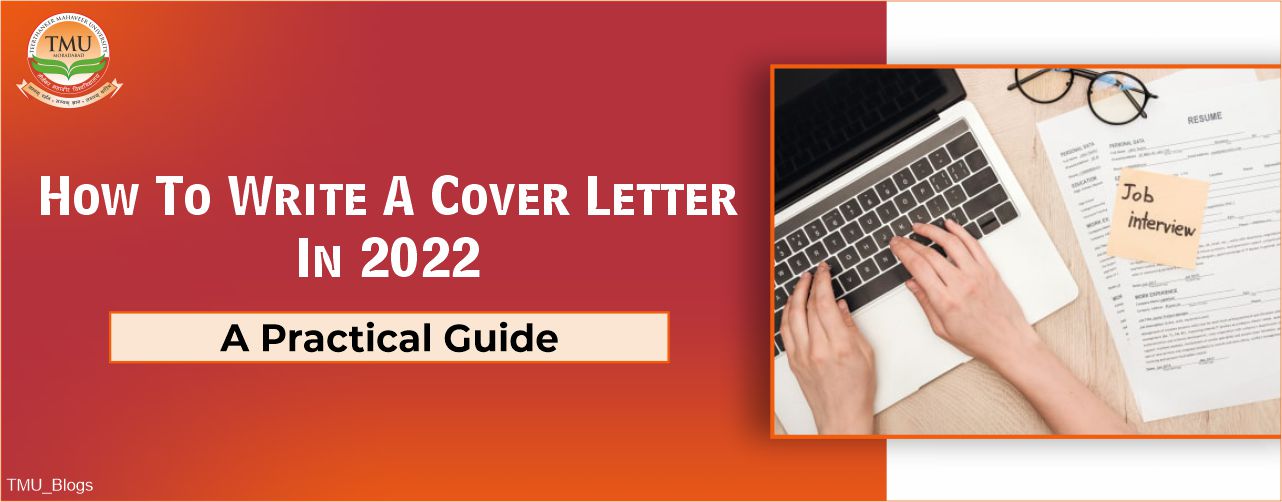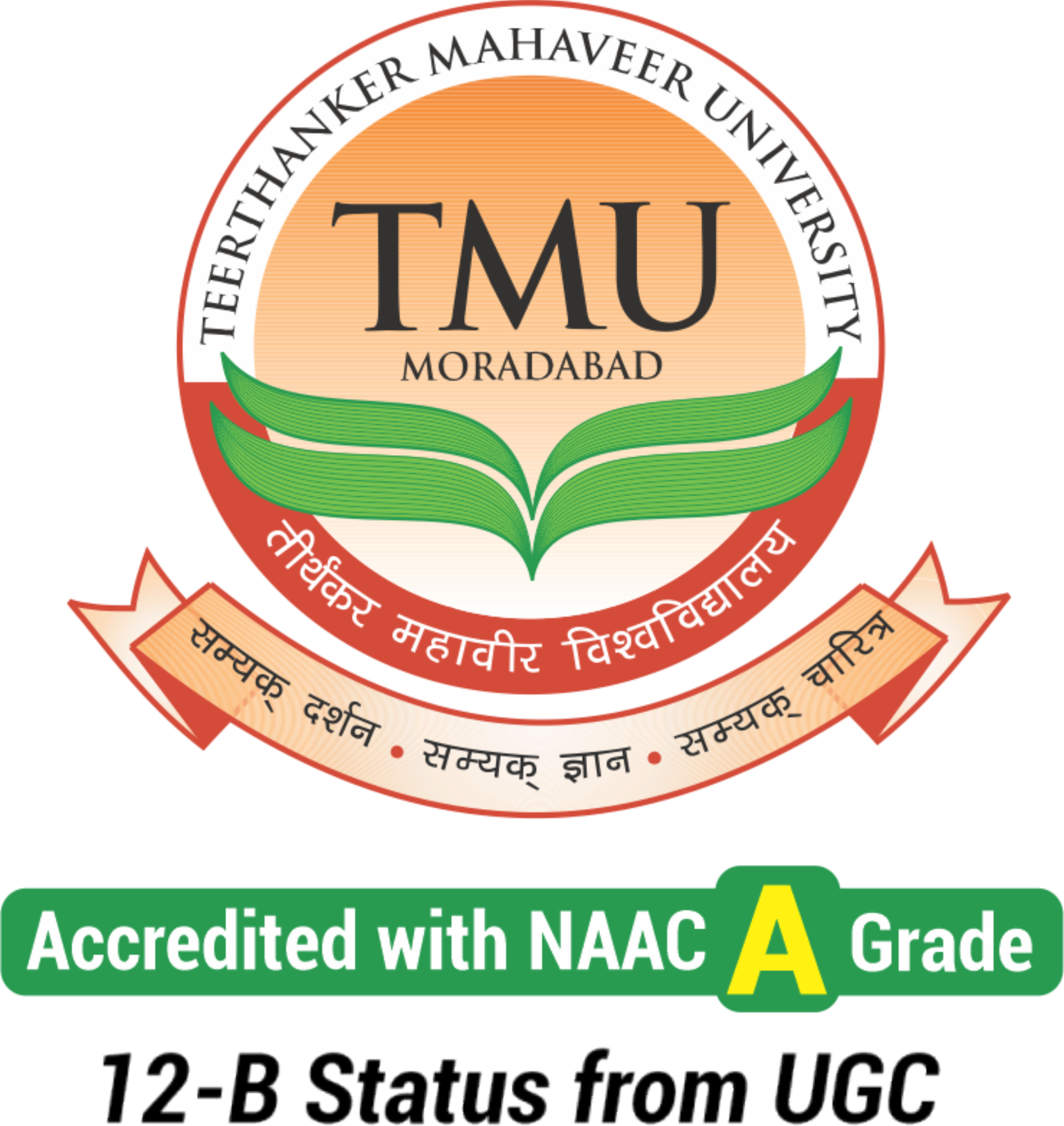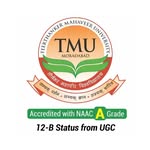How to Write a Cover Letter in 2022 : A Practical Guide
Table of Contents
This persuading technique aids you in setting yourself apart from other applicants by demonstrating your suitability for the role in an individualized way. Even if your company doesn’t demand for a persuasive letter, we encourage you to add it. This shows that you have made some effort in the application.
A cover letter is one of the extremely crucial steps of your application process. There is so much contradictory advice out there that it’s exhausting to know how to write a compelling cover letter. Well, relax. We have got you covered. But first, let’s answer what is a cover letter and why is it so important? Later, we’ll answer how to write a perfect cover letter and what is its structure?
So, let’s get started!!
What is a Cover Letter?
Most of you are already familiarized with this single page (generally) document, which is referred to as a cover letter. This introductory letter is provided together with your resume to convey additional information concerning your strengths and expertise. It includes details on why you’re a better fit for the application.
Reckon your calling card to be a sales pitch that will market your abilities and assist you in obtaining an interview. As a result, make certain that your pitch leaves the best possible impression on the person reviewing it.
Building a resume and drafting an introductory message with zero experience might be indeed more challenging while searching for work. One thing to keep in mind is that you must make it unique to each application.
Examine these suggestions on what to put in a cover letter and how to style it.
How to Write a Cover Letter?
Listed below are a few coherent steps you can take to draft an accompanying letter that will impress the hiring manager. Review these suggestions to find out which ones will work best for you. Even little modifications can have a significant impact.

- Research First. Write Later.
- Who is going to receive and read your words?
- The qualifications and experience specified in the job description.
- What exactly does the organization do?
- The intended audience of the organisation.
- What is their culture?
- What are the required competencies for the position?
- Make a Professional Cover Letter Header Begin writing your words with the below-mentioned details.
- Date
- Name of the hiring manager with their professional title
- Name of the company you’re applying for
- Address of the company
- Formal Greetings
- Social Media Accounts (applicable only for LinkedIn and Twitter)
- Portfolio Link
- Professional Website Link
- Attention-Grabbing Opening Paragraph
- About who you are?
- The position you’re interested in
- How you discover the opportunity
- Connections with the organization, including references
- Notable Accomplishments
- Industry/company knowledge and excitement to be a part of it.
- Second Paragraph
- Choose 3 required skill set
- Your reasons for desiring this type of work.
- Mention your training and experience.
- Professional rewards & recognition
- Concluding Paragraph So far, you have shown your relevant expertise. Now is the time to make your offer in the closing paragraph. Try to:
- Reiterate how your competencies align with the company requirements.
- Restate how you can add value to their organization.
- Discuss about real-life examples that are succinct and visual.
- The Final Goodbye Now is the time to wind up your message. Therefore, make sure to be specific, and
- Thank the hiring manager or recruiter for taking the time to read it.
- Make it happen that the goodbye is confident, upbeat and encourages the hiring manager to get in touch with you.
- You can follow up. Let them know you will and then DO IT!
- Signing Off
- Sincerely
- Best
- Regards
- Thank you
- Respectfully
- Kind regards
- Best regards
Before scribbling anything irrelevant, take time to think and inspire. To get the inspiration, you can do some research. But, keep yourself updated with
Based on the answers you discover to your research questions, you will explain to the prospective employer in your pitch how your skills and abilities, as well as your values, connect with the desired title and business.
Pro Tip: Accompanying letters should have readable fonts. Make use of a professional font, such as Arial, Calibri, Verdana, Helvetica, Cambria, or Times New Roman. Custom fonts and special characters ought to be avoided. Keep the font size between 11 to 12 pt.
Optionally, you can add:
Pro Tip: Inquisitive whether to use the recruiting manager’s first or last name? Well, that all is determined by the company’s culture. If you’re looking for a career with a relaxed working, use first name. Although, it’s safer to use the addressee’s last name in corporate pitch.
Also Read: Teerthanker Mahaveer University Marches Ahead with NVIDIA, Latest Industrial Partner!
It takes about 5-6 seconds for potential recruiters to scan resumes. That means your calling card requires sincere work to serve as an opening act.
The opening paragraph of your motivational copy will either seize an employer’s interest or lose it. So, it should be cleverly reflected that you recognize what their modern-day necessities are. Therefore, this section explains
Pro Tip: Check out your LinkedIn network, alumni network, and social media friends to identify company employees who could refer you.
This is the abstruse section for seekers with little or no experience. Highlighting your background and classroom experience without making any mistakes is a bit arduous. A professional structure for an excellent cover letter must adhere to the primary rule, which states that it is more about them than it is about you.
In the main body of your motivational letter, emphasize what you offer rather than what you desire from the job. Make them feel special thereafter. Tell them why you want to work for them and not any other organisation. Try to:
Pro Tip: Emphasize how your expertise will assist them in resolving their issues. Bullet points could be used to break up the details and accentuate your endeavors.
Pro Tip: With zero experience, you can mention your accomplishments, capabilities, high academic track record, or voluntary work you have undertaken.
Finally, wrap up your copy with a professional closing greeting. Then, make two spaces underneath the greeting, and type your full name.
Pro Tip: For a certain professional flair (but optional), include a digitized version of your signature written under your typed name.
Key Takeaways
After nailing all these steps, don’t be in a hurry to press the send button. We know that you have worked for a spectacular cover letter. But before moving forward, make sure that you’ve proofread your letter and are assured it’s error-free. Post that, you are ready to send it to the hiring manager.
But we suggest you, for a second opinion, share it with your trusted faculty members, as they will better guide you for corrections (if required).
Now you can attach your cover letter to your resume and release your worries confidently.
Be optimistic and All the Best!















